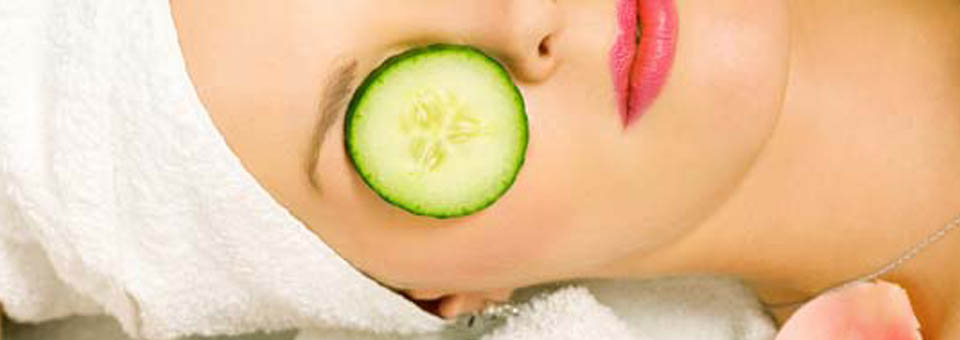
I thought I’d heard it all. Then one of my patients told me she’s been smearing Preparation H under her eyes.
She was desperate to get rid of the under-eye bags and puffiness. She looked like she hadn’t slept in a week. And that sagging, bloated skin added years to her face.
But using hemorrhoid cream under your eyes? Don’t do it. Preparation H is not formulated for the delicate skin around your eyes. It can cause irritation if you use it repeatedly.
Would you like to know how to look more youthful, rested and full of energy?
Today I’ll recommend some easy, safe and effective remedies to help tighten up the skin around your eyes and decrease the bloat. And you won’t have to spend a ton of money on expensive spa treatments or plastic surgery.
But first, let’s get straight about the difference between puffiness around your eyes, and bags under your eyes.
What’s Packed in Those Under-Eye Bags?
The skin around your eyes is very thin and delicate. Any imbalance in your skin’s natural fluids shows up there first.
Seasonal allergies, a cold, or a sinus infection can all lead to inflammation. And that leads to water building up in the upper and lower eyelids.
The same thing happens when you eat lots of salty foods like soy sauce, or overindulge in alcohol, or cry salty tears all night.
The good news is that all of these puffy conditions are temporary. But don’t confuse temporarily swollen lids for more permanent under-eye bags.
Unlike puffiness, under-eye bags are most common as we get older. There is some genetic link. For years doctors assumed that bags formed when the skin and muscle around your eyes weaken with age. But that’s not the whole story.
Scientists only recently discovered what’s really causing those bags. In a study from the David Geffen School of Medicine at UCLA, researchers examined MRI studies of 40 subjects aged 17 to 80. Although it was a small study, the researchers discovered that bags aren’t really caused by sagging, tired skin. The culprit is fat accumulating in your eye socket as you get older.1
The problem is common. In serious cases sometimes the only effective solution is eyelid surgery, or blepharoplasty. Doctors make incisions in the eyelid and remove or reposition the fat. The procedure should give you long-lasting results but can cost up to $5,000.
You don’t have to go under the knife to get rid of puffy eyes and that haggard look.
Easy Solutions for Tired Looking Eyes
During my trip to Bali, I discovered some little-known traditional herbs. Some have amazing anti-aging properties for the delicate skin around the eyes. We’ll be in development shortly so stay tuned. I’ll let you know when to expect an exciting new eye care product.
In the meantime, here are my favorite natural remedies you can start using right away for treating temporary puffiness around your eyes.
- If you have allergies or a cold, try irrigating your nasal cavity with a saltwater solution. Use a neti pot, available in health food stores. Flushing your nose can help relieve fluid buildup that triggers puffiness.
- To quickly calm puffy eyes, place slices of cucumbers, chilled tea bags, or even a package of frozen peas under your eyes. The cool temperatures reduce swelling.
- Sleep on your back and add an extra pillow under your head to help drain fluids. Sleeping on your side or stomach can lead to fluids collecting under your eyes.
- Don’t miss your workout. Exercising improves circulation. And it helps move fluid through your body without accumulating.
- If you notice puffiness on a frequent basis, eliminate processed foods. Foods high in sodium promote fluid retention. Also avoid sugar and gluten. They contribute to inflammation that can show up on your face as puffy eyes.
To Your Good Health,
Al Sears, MD
1.Darcy, Sean J.; Miller, Timothy A.; Goldberg, Robert A.; Villablanca, J Pablo; Demer, Joseph L.; Rudkin, George H. Magnetic Resonance Imaging Characterization of Orbital Changes with Age and Associated Contributions to Lower Eyelid Prominence, Plastic & Reconstructive Surgery. 122(3):921-929, September 2008. PMID:18766060








